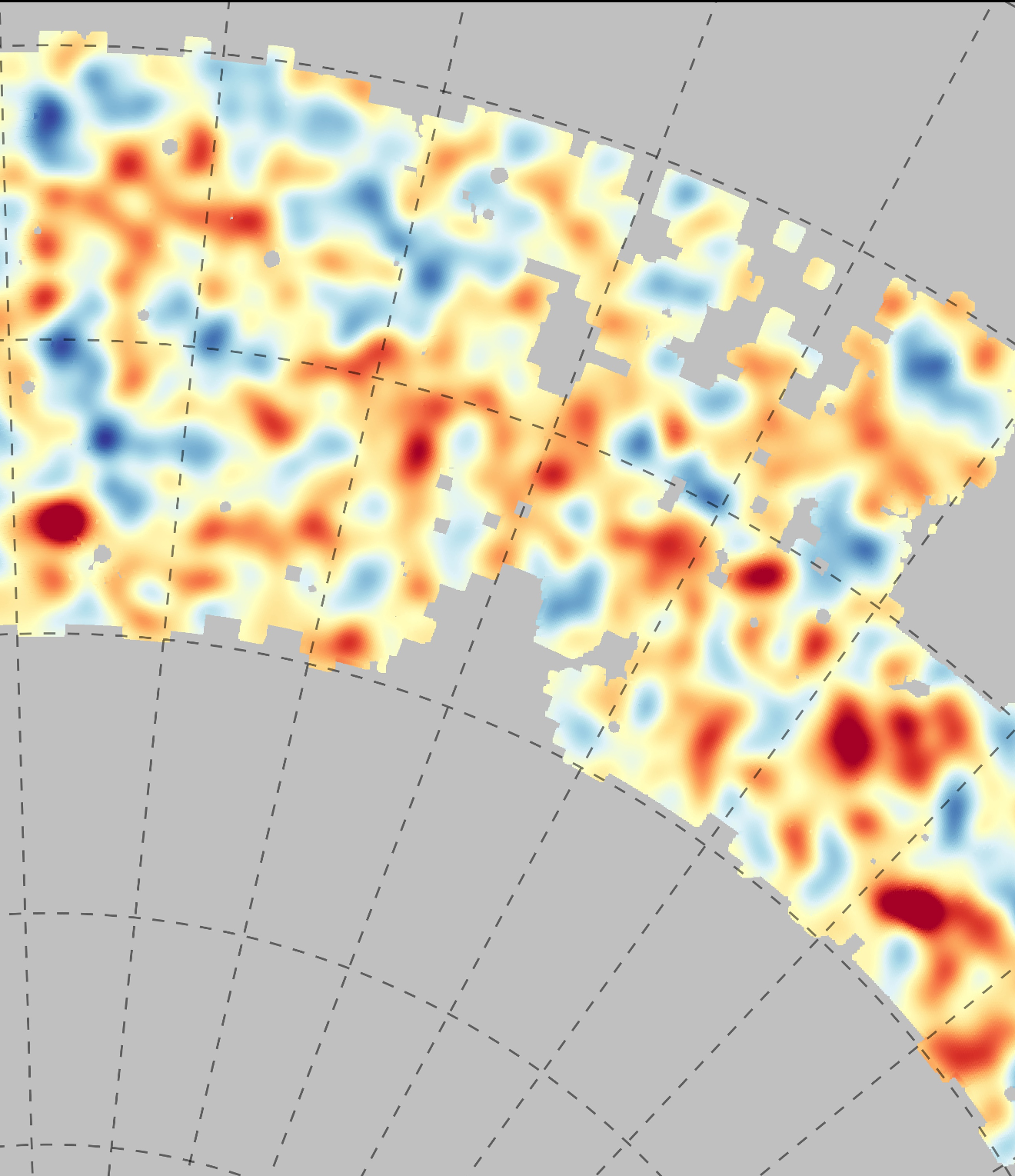Dark photons outlined
 Australian scientists have shed light on the universal mystery of dark matter.
Australian scientists have shed light on the universal mystery of dark matter.
Scientists from around the world, led by experts at the University of Adelaide, have made significant progress in unravelling the enigma of dark matter, which makes up 84 per cent of the universe's matter.
Although dark matter's gravitational influence is well-established, its true nature remains elusive.
“The existence of dark matter has been firmly established from its gravitational interactions, yet its precise nature continues to elude us despite the best efforts of physicists around the world,” says Professor Anthony Thomas, Elder Professor of Physics at the University of Adelaide.
The key to understanding this mystery may lie in the concept of the ‘dark photon’.
This theoretical particle could serve as a bridge between the dark sector of particles, which includes dark matter, and regular matter - the substances that make up our world.
The dark photon, a hypothetical particle akin to the photon of electromagnetism, holds the potential to offer insights into the nature of dark matter.
Scientists, including Professor Anthony Thomas and his colleagues, members of the Dark Matter Centre, are pursuing various approaches to gain more understanding about this elusive substance.
In their recent study, the researchers looked at the potential impact of a dark photon on experimental results derived from deep inelastic scattering processes.
This analysis involves studying the by-products of high-energy particle collisions, providing valuable insights into the subatomic realm and the governing laws of nature.
“We have made use of the state-of-the-art Jefferson Lab Angular Momentum (JAM) parton distribution function global analysis framework, modifying the underlying theory to allow for the possibility of a dark photon,” said Professor Thomas.
Their work has yielded compelling evidence in favour of the dark photon hypothesis over the standard model hypothesis, reaching a significance level of 6.5 sigma - a significant milestone suggesting a particle discovery.
The collaborative team, which includes scientists from the University of Adelaide and researchers at the Jefferson Laboratory in Virginia, USA, has published their findings in the Journal of High Energy Physics.







 Print
Print